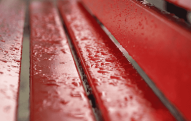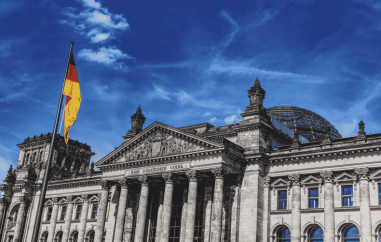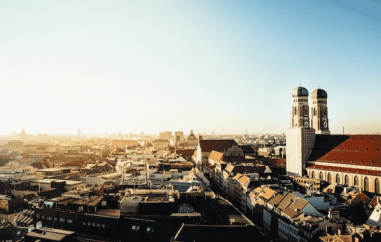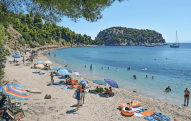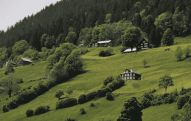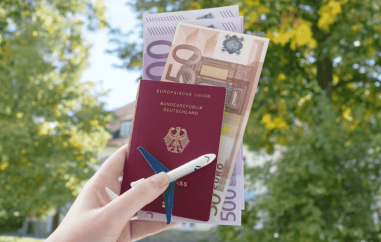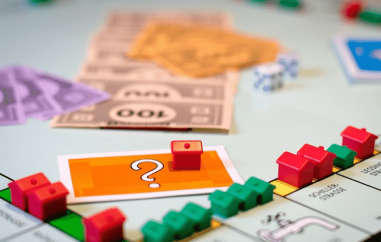Last lap at Nürburgring
Germany's most famous race track announced last week that it was going bankrupt.
Anyone who knows about German motor racing is familiar with the Nürburgring. The well-known track that everyone remembers is the famous "Northschleife" circuit, which used to be the most dangerous track in the world covering 14.2 miles in just a single lap. Back in the early 1970s, the Grand Prix race that was held there every August had a total of only 14 laps, due to the impressive length of the track.
Last week on Thursday, track manager Georg Seiler announced that the circuit had to go into administration. Despite a recent deal with Formula 1 supremo Bernie Ecclestone to host Nürburgring's next race, the dire financial situation could not be avoided. "We are ready to accept any demands," Seiler commented in a desperate tone.
The German Grand Prix now alternates between the Hockenheimring near Mannheim and the older Nürburgring in the Eifel Mountains. Unfortunately, the track's long and illustrious history might be coming to an end. The problem? Money has run out.
The contract to alternate every other season between the Nürburgring and the Hockenheimring was arranged to avoid either one of two eventualities. The concern was that either one of the tracks could become too powerful on the racing circuit or alternatively amass huge amounts of debt. However, it seems that the Nürburgring might no longer be able to host its biannual race. A majority of the shareholders have discovered that the track is carrying a debt of 13 million euro. To make matters worse, the European Commission has rejected releasing any funds for a bailout. Supposedly, even if any money were to come in, it wouldn't be before next week.
The track itself was completed in the spring of 1927, and for the first 12 years German auto club races took place there. That continued until September 1939 before the outbreak of World War II. The track reopened in 1950, and by this time the German Grand Prix had been moved to other venues. Nevertheless, by 1961 the race returned to the circuit and was the scene of many legendary races.
By the late 1960s and 1970s, the circuit became less popular due to safety concerns, and suggestions to remodel the track to comply with more modern safety standards were ignored. It took the near fatal accident of Niki Lauda in 1976 to make officials seriously consider either making the track safer or moving the race somewhere else entirely.
At this point, the circuit not only raced Formula One, but began hosting endurance races, such as the 1000 kilometre race. After the German Grand Prix moved to Hockenheim, it was ultimately decided that a new track would be built at Nürburgring to replace the old one.
The"new" Nurburgring track was completed in 1984, and now had a distance of just over three miles per lap. Although the brand new track did not yet host the German Grand Prix every other year, it did hold races such as the Luxembourg and European Grand Prix.
Despite the older track's storied history, it appears that Hockenheim is set to take over the race altogether. At the event last weekend, two German drivers who grew up go-karting nearby, stated their wish that the track would remain on the Formula One calendar.
"I hope the Nürburgring is re-established quickly," said Heppenheim resident Sebastian Vettel, who has won two consecutive Formula One World Championships. Another legend, 7-time winner, Michael Schumacher, grew up in nearby Kerpen, supports the continuation of Formula One at the Nürburgring. When asked about the future of this famous track where he celebrated so many wins, Schumacher answered, "We hope that the problems are sorted out quickly." Whatever decision is taken about the future of this racing landmark, it would be a shame to lose one of the most hallowed grounds in motorsport.
Photo by PA Wire of Kimi Raikkonen at the Mercedes turn, Nurburgring, Germany, in 2007


